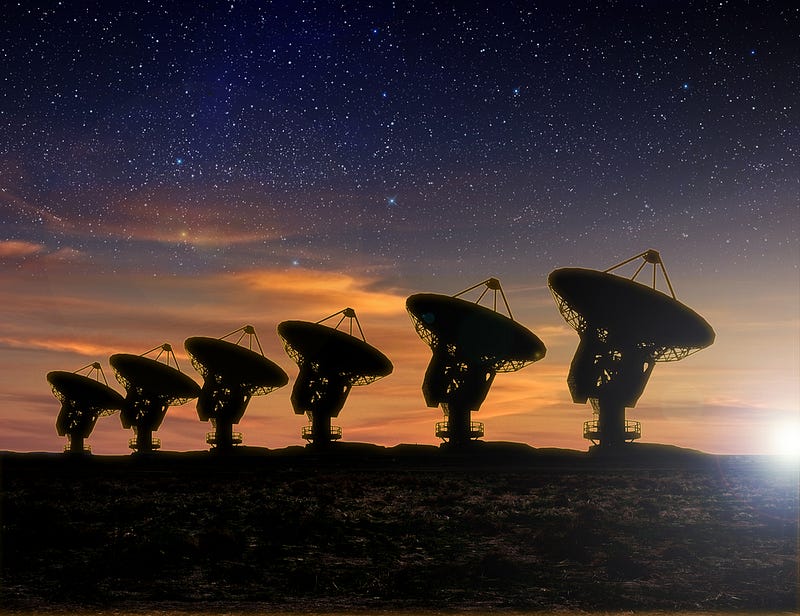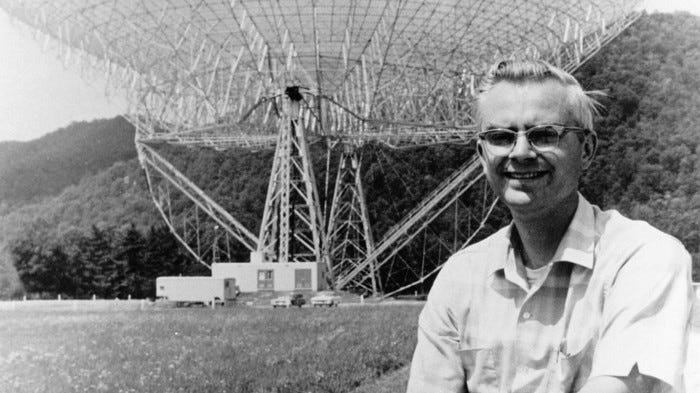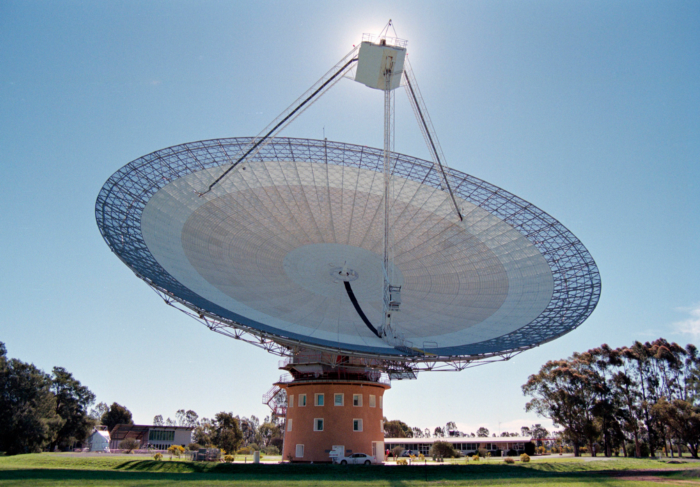Exploring the Possibility of Alien Signals Through AI Research
Written on
Chapter 1: Introduction to the Search for Extraterrestrial Intelligence
The quest to discover intelligent life beyond Earth, known as the search for extraterrestrial intelligence (SETI), has captivated human imagination for centuries. However, only in recent decades has technology advanced sufficiently to make this pursuit a feasible scientific endeavor.
Artificial intelligence (AI) has emerged as a transformative technology that may play a pivotal role in SETI. On January 30, 2023, an international group of researchers revealed the development of an AI algorithm aimed at addressing the profound question: Are we alone in the Universe? By employing this innovative method, the team scrutinized a dataset of radio signals collected from 820 stars in our vicinity, uncovering eight potential signals that had previously gone unnoticed by older analytical methods. Although these signals require further verification and investigation, the initial success indicates that AI could significantly enhance the future of SETI research.
This paragraph will result in an indented block of text, typically used for quoting other text.
Section 1.1: The Importance of Radio Waves in SETI
Humans have been pondering their solitude in the cosmos since ancient times. Nonetheless, serious scientific efforts to seek signs of alien life began merely decades ago. Modern SETI researchers focus on intercepting communications from technologically advanced civilizations, primarily through artificial radio signals. The rationale behind prioritizing radio waves includes:
- Radio waves, as a form of electromagnetic radiation, travel through space at light speed, the fastest known velocity.
- They can traverse space with minimal absorption or scattering from cosmic matter, unlike other communication forms.
- Numerous astrophysical phenomena naturally emit radio waves, allowing astronomers to utilize existing technology to search for extraterrestrial signals.

Section 1.2: The Dawn of Modern SETI Research
The modern SETI movement commenced in 1960, led by astronomer Frank Drake, who initiated Project Ozma at the National Radio Astronomy Observatory in West Virginia. Drake directed a radio telescope towards two nearby stars, hoping to detect artificial radio emissions. Although this early experiment did not yield positive results, it set the foundation for subsequent SETI initiatives.
Despite ongoing efforts, funding limitations often restricted investigations to a small number of stars. However, in 2016, a significant change occurred when tech entrepreneur Yuri Milner financed the Breakthrough Listen project, the most extensive SETI program to date. With a budget of $100 million over ten years, this initiative aims to explore one million stars for signs of intelligent life, utilizing state-of-the-art telescopes in West Virginia and Australia.
Chapter 2: The Role of AI in Analyzing Signals
The initial video titled "8 Candidate Alien Signals From 5 Stars Found by AI Algorithm with Dr. Cherry Ng and Peter Ma" discusses the recent findings regarding potential alien signals analyzed through AI.
Despite the momentum created by Breakthrough Listen, definitive evidence of extraterrestrial civilizations remains elusive. The primary challenge is not acquiring data; rather, it is distinguishing signals from human technology amidst a plethora of recorded observations. Radio telescopes often detect interference from devices such as mobile phones and GPS, leading to "false positives" in SETI searches.

Section 2.1: Overcoming Data Challenges with Machine Learning
Scientists face the daunting task of sifting through millions of observations, making manual analysis impractical. To address this, researchers are utilizing computer algorithms designed to identify signals resembling those expected from extraterrestrial sources. However, many of these algorithms, created for early digital computers, are outdated and inefficient for today's vast datasets.
This is where artificial intelligence (AI) comes into play. AI encompasses a range of computer science disciplines, particularly focusing on creating intelligent systems capable of tasks requiring human-like intelligence. The recent study highlighted the application of machine learning (ML) to SETI signal analysis.
The research team, led by undergraduate Peter Ma from the University of Toronto, implemented ML techniques to filter out noise from their extensive datasets. By analyzing 150 terabytes of data from 820 nearby stars, they reviewed previous findings and identified nearly three million signals of interest, discarding most as interference.
The second video titled "Searching for Extraterrestrial Civilizations with the Allen Telescope Array" provides insights into how advanced telescopes are employed in the search for extraterrestrial intelligence.
Section 2.2: Notable Findings and Future Directions
After meticulous analysis, the team highlighted eight intriguing candidates originating from five nearby stars, located between 30 to 90 light-years away. These signals displayed key traits suggestive of extraterrestrial origins:
- They were narrowband, indicating a limited frequency range, unlike natural astrophysical emissions.
- The signals exhibited a frequency drift over time, implying a relative motion between the source and Earth.
- The results passed "nodding" tests, confirming their validity by detecting signals only when the telescope was aimed at the corresponding star.
Despite these promising characteristics, follow-up observations yielded no new detections. Thus far, the researchers cannot conclusively determine if the signals are of extraterrestrial origin or merely Earthly interference. Nonetheless, the innovative machine learning techniques developed signify a promising avenue for future SETI endeavors.

Chapter 3: Citizen Participation and Broader Implications
The intrigue surrounding extraterrestrial intelligence captivates both scientists and the public. While the pursuit is fraught with challenges, the implications of discovering intelligent life beyond our planet are profound. Such a revelation would transform our understanding of the Universe and our place within it.
Excitingly, there are opportunities for public involvement in this research! A citizen science project launching on February 14, 2023, at UCLA invites volunteers to help classify potential Earthly interference in radio signals. This collective effort will contribute to training machine learning algorithms for analyzing SETI data, further enhancing our capabilities in the search for extraterrestrial life.
If you’re curious about the potential implications of discovering aliens or would like to share your thoughts on this research, feel free to join the conversation in the comments. I will do my best to engage with all serious inquiries!
Enjoyed this article? Consider exploring these related topics:
- What Happens the Day After We Discover Aliens? — The Post-Detection Protocol.
- Want to Make Contact with Aliens? Here’s How to Do It, According to Science — A survey of methods known to science on making contact with aliens.
- 3 Times in History When Scientists Thought We Made Contact With Aliens — The history and science of answering calls from ET.
References: